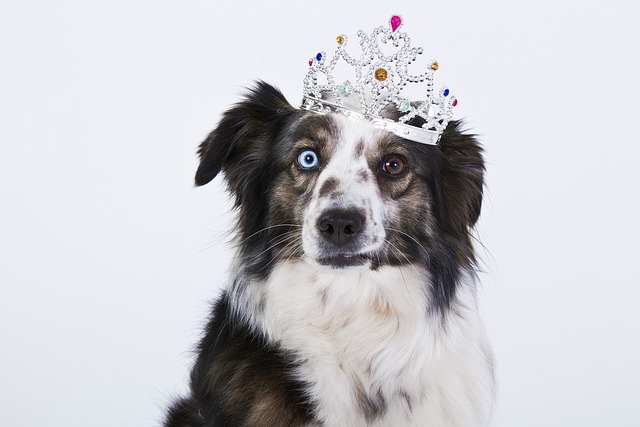
What do groomers use for shedding
When Sarah first brought home her golden retriever, she spent weekends vacuuming piles of fur from her couch—and found herself picking strands out of her coffee mug more often than she’d like.
Waking up to the constant of your dog licking their paws isn’t just a sleep disruptor—it’s a sign that something’s bothering your furry friend. Whether it’s keeping you up all night or causing concern for your dog’s health, figuring out how to stop this behavior is crucial. And as a responsible pet owner, addressing the issue aligns with local animal welfare expectations and helps avoid potential fines related to noise or nuisance complaints.
First things first—determine the root cause. Allergies are a common culprit. Pollen, certain foods, or even household chemicals can trigger itchy skin, leading your dog to lick for relief. In many regions, understanding your dog’s allergy triggers is part of providing proper care, which local animal control may monitor during routine checks.
Infections, like bacterial or yeast overgrowth between the paw pads, can also cause discomfort. A small cut or scrape from a walk might have gotten infected, prompting excessive licking. If left untreated, these can worsen, and in some areas, neglecting a pet’s health issue could lead to legal consequences.
Anxiety and boredom play significant roles too. Dogs might lick their paws as a self-soothing mechanism when stressed, especially if they’re left alone for long periods during the day. In communities with noise curfews, the continuous licking sound at night could potentially be considered a nuisance, so it’s important to tackle the underlying anxiety.
Pain from arthritis or joint issues can also manifest as paw licking. As your dog tries to alleviate discomfort, they focus on the affected area. In many places, ensuring your pet’s mobility and comfort is part of the legal requirements for pet ownership, making it essential to address pain-related behaviors.
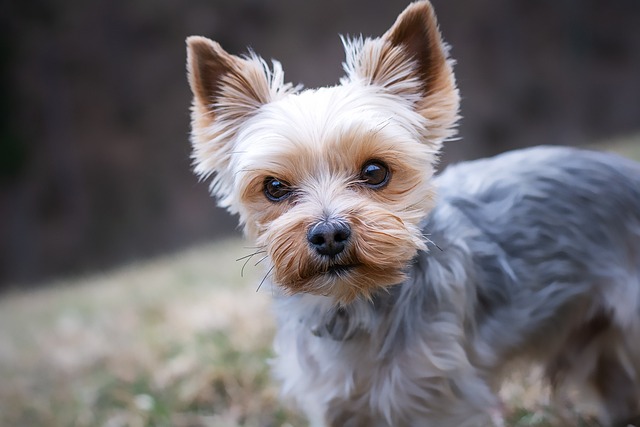 Once you’ve identified the cause, start with simple solutions. If allergies are the problem, talk to your vet about an elimination diet or hypoallergenic food. In some regions, vets may be required to provide specific guidelines for pet nutrition, and following these can help resolve allergy-related licking.
Once you’ve identified the cause, start with simple solutions. If allergies are the problem, talk to your vet about an elimination diet or hypoallergenic food. In some regions, vets may be required to provide specific guidelines for pet nutrition, and following these can help resolve allergy-related licking.
For infections, keep the paws clean and dry. Wash them gently with a vet-approved antiseptic solution after walks and dry thoroughly, especially between the toes. Some local animal shelters offer advice on basic pet hygiene, which can be invaluable in preventing and treating minor infections.
To combat anxiety, create a calming bedtime routine. Play soft music, give your dog a comfortable bed in a quiet corner, or use pheromone diffusers. Interactive toys filled with treats can also distract your dog from licking. Many local pet stores sell products designed to reduce pet anxiety, and using these aligns with the expectation of providing a suitable environment for your pet.
If pain is suspected, schedule a vet visit promptly. Your vet can prescribe appropriate medication or recommend supplements to ease discomfort. In some areas, pet owners are required to follow veterinary advice for their animal’s well-being, and ignoring pain could lead to legal issues.
Using deterrents like bitter-tasting sprays can provide temporary relief, but only as a short-term solution. In some regions, there are regulations regarding the chemicals used in pet products, so always choose ones approved for use on animals. And never use physical punishment—it can increase anxiety and worsen the problem, which may violate local animal cruelty laws.
Stopping your dog from licking their paws at night takes patience and a bit of detective work. By understanding the cause and taking appropriate steps, you’ll not only get a better night’s sleep but also ensure your dog stays healthy, happy, and in line with local pet care standards.

When Sarah first brought home her golden retriever, she spent weekends vacuuming piles of fur from her couch—and found herself picking strands out of her coffee mug more often than she’d like.
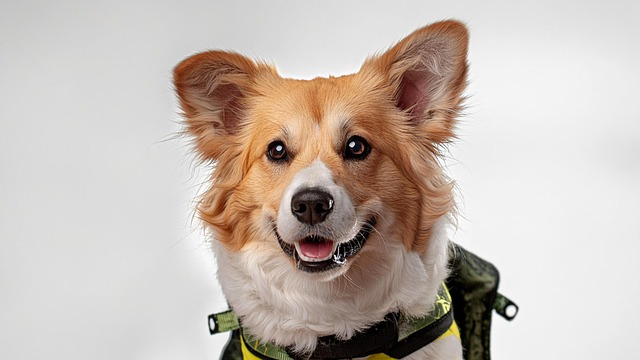
Unlock the secrets to safe, soothing puppy teething with vet-approved chews—protect your pup and your home during this challenging stage.
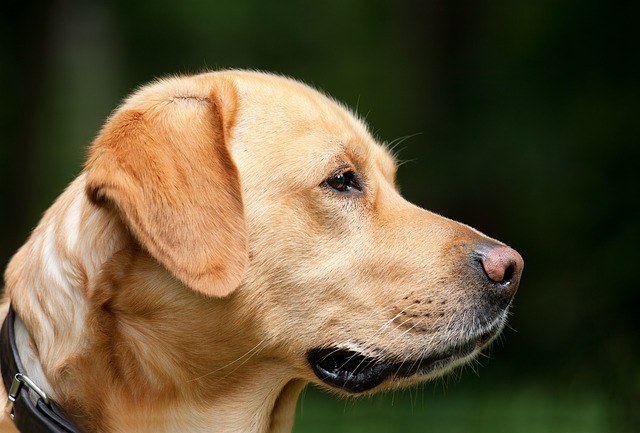
Let’s start with the honest truth: grabbing kitchen scissors to trim your dog’s overgrown fringe might seem like a quick fix, but it’s a high-stakes haircut.

You’ve just settled on the couch for a movie night when your dog’s nails start clicking across the hardwood like tiny tap dancers. Or maybe you notice them slipping on the kitchen tiles more often.
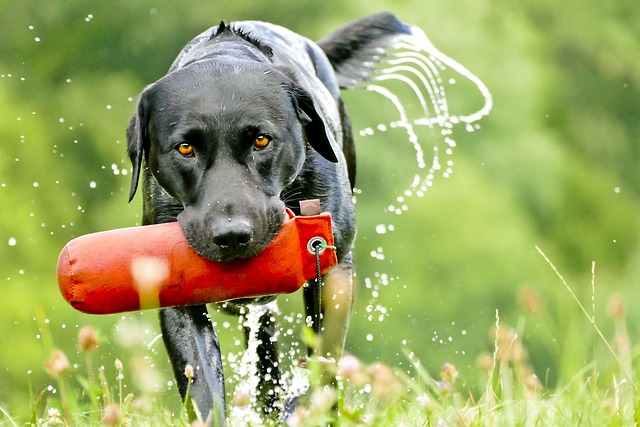
Let's be honest, that moment when you pull out the brush and your dog suddenly remembers a very important appointment behind the sofa is pretty universal.

Picture this: it’s bath time for your pup, and you’re fresh out of dog shampoo. As you reach for your own coconut-scented shower gel, you pause – could this work? Let’s be honest,